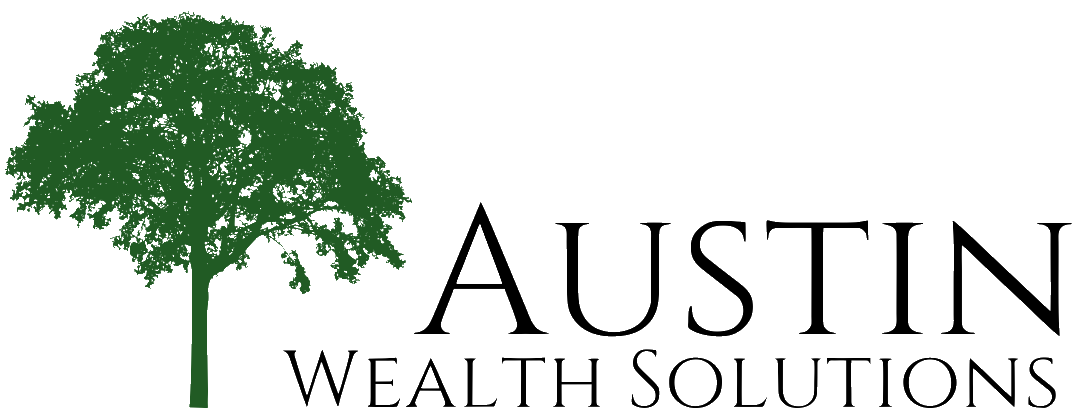Planning for retirement when you’re over 50 is crucial for ensuring financial security and peace of mind in your later years. Whether feel like you’re racing against the clock, or you feel like you have plenty of time, there are numerous strategies you can employ to optimize your retirement savings and create a robust plan. Here’s a comprehensive guide on how to effectively prepare for retirement at 50 and beyond.
Understanding Your Retirement Goals
Define Your Retirement Vision: Start by envisioning what retirement looks like for you. Consider factors such as where you want to live, the lifestyle you wish to maintain, and the activities you want to pursue. This clarity will inform how much you need to save and how aggressively you should invest. Think about your desired retirement age. If you plan to retire early, you may need to save more aggressively.
Calculate Your Retirement Needs: Estimate your expenses in retirement. Consider housing, healthcare, travel, and daily living expenses. A common rule of thumb is that you will need about 70-80% of your pre-retirement income to maintain your current lifestyle. Be sure to factor in potential income sources such as Social Security, pensions, and any part-time work you might do during retirement.
Assessing Your Current Financial Situation
Evaluate Your Savings: Take stock of your retirement accounts, savings, and investments. This includes 401(k)s, IRAs, and any other assets you may have. Assess whether you are on track to meet your retirement goals. If not, identify any gaps that need to be addressed.
Review Your Investment Strategy: At 50+, it’s essential to adopt a balanced investment strategy that protects your savings while allowing for growth. This often means diversifying your portfolio with a mix of stocks, bonds, and other assets. Consider gradually shifting to more conservative investments to reduce risk as you approach retirement. This could mean reallocating a portion of your portfolio to fixed-income assets.
Maximizing Retirement Contributions
Take Advantage of Catch-Up Contributions: If you’re 50 or older, you can make catch-up contributions to retirement accounts. For 401(k)s, the limit increases by $7,500 (for 2023), allowing you to contribute up to $30,000 annually. For IRAs, the catch-up contribution is $1,000. If you have the financial flexibility, take full advantage of these limits to bolster your retirement savings.
Contribute to Health Savings Accounts (HSAs): If you are eligible, HSAs offer tax advantages that can be invaluable as healthcare costs rise. Contributions are tax-deductible, grow tax-free, and can be withdrawn tax-free for qualified medical expenses. An HSA can serve as a supplemental retirement account for healthcare costs, potentially saving you thousands in medical expenses down the line.
Planning for Healthcare Costs
Understand Medicare and Insurance Options: As you approach retirement age, familiarize yourself with Medicare, which becomes available at 65. Understand the different parts (A, B, C, and D) and what they cover. Consider supplemental insurance plans to cover costs not included in Medicare. Research your options well in advance to avoid last-minute decisions.
Plan for Long-Term Care: Long-term care can be one of the most significant expenses in retirement. Consider whether you need long-term care insurance or if you can self-fund potential care needs. Discuss options with a financial advisor to ensure you’re prepared for any eventualities.
Creating a Withdrawal Strategy
Develop a Sustainable Withdrawal Plan: Once retired, creating a strategy for withdrawing funds from your retirement accounts is crucial. A common guideline is the “4% rule,” which suggests withdrawing 4% of your retirement savings annually. However, this may need to be adjusted based on your unique situation, including market performance, expenses, and longevity.
Stay Flexible: Your needs may change over time, so be prepared to adjust your withdrawal strategy as necessary. Regularly review your finances to ensure you stay on track.
Final Steps and Considerations
Consult a Financial Advisor: Working with a financial advisor can provide personalized guidance tailored to your situation. They can help you create a comprehensive retirement plan, including investment strategies and tax optimization. An advisor can also assist with estate planning, ensuring that your assets are managed and distributed according to your wishes.
Stay Informed and Adaptable: Economic conditions, tax laws, and personal circumstances can change, so stay informed about any factors that could impact your retirement. Regularly revisit and update your plan as needed.
Preparing for retirement at 50+ may seem daunting, but with careful planning and proactive steps, you can create a secure financial future. By defining your goals, assessing your current situation, maximizing contributions, and planning for healthcare costs, you can ensure a comfortable and fulfilling retirement. Remember, it’s never too late to start planning, and taking these steps today can make a significant difference tomorrow.
